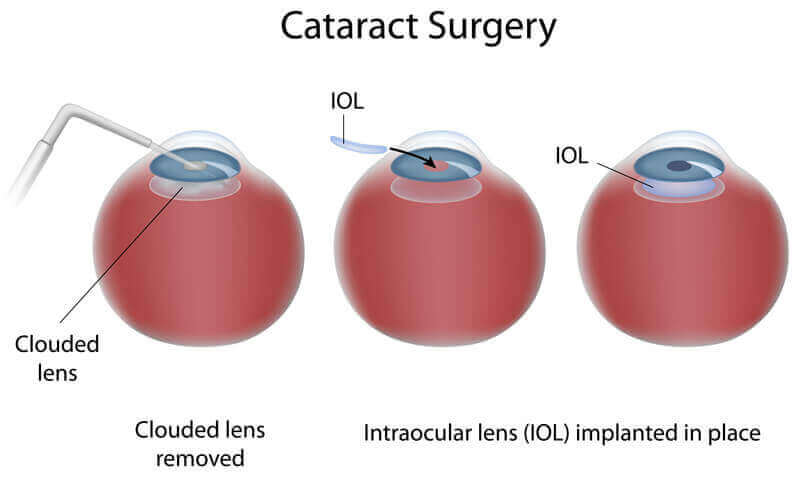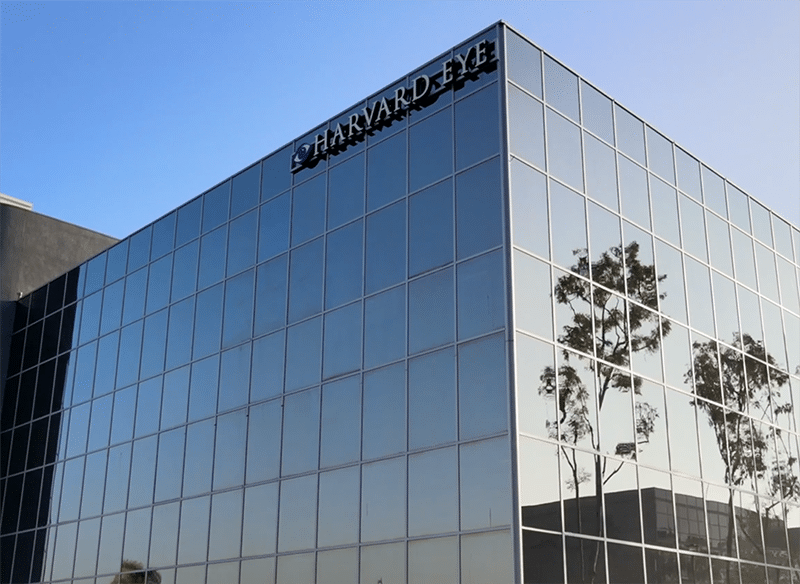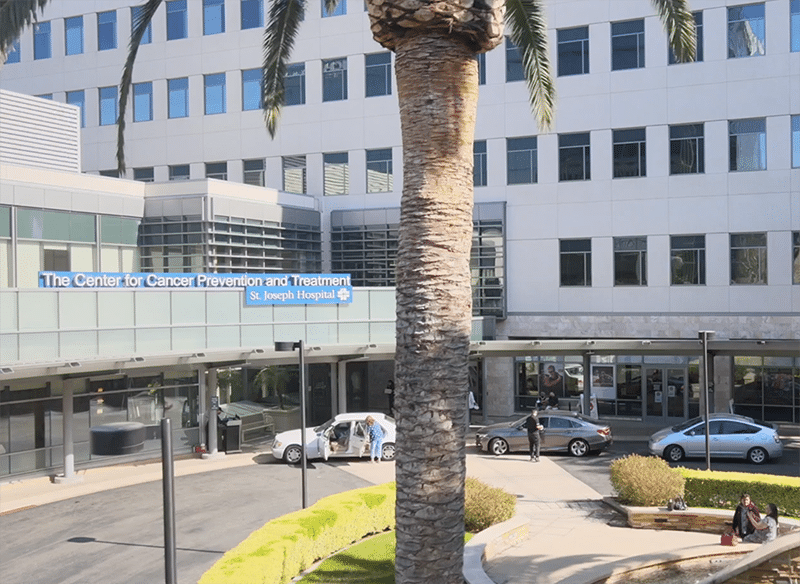Laser Cataract Surgery
Cataract Surgery in Orange County
The only way to treat cataracts is to remove the cloudy lens and replace it with a clear intraocular lens (IOL). At Harvard Eye Associates, we perform laser cataract surgery.
How Laser Cataract Surgery Works
When a laser is used to assist in cataract surgery, the surgeon begins by using it to gently soften the lens before making any contact with the eye. This approach reduces the amount of energy and fluid needed during the procedure, minimizing the risk of collateral damage to the delicate tissues surrounding the cataract.
The laser also creates precise openings that help stabilize the position of the new lens implant, resulting in a more controlled and accurate procedure compared to traditional manual techniques.
While the difference between laser-assisted and non-laser cataract surgery isn’t dramatic, it’s significant enough that most surgeons would choose laser assistance for their own family members.

What to Expect After Cataract Surgery
Most patients say there is no pain during or after cataract surgery. Some may experience a scratchy sensation (like an eyelash in the eye) and mild soreness for about 24 hours after surgery. If necessary, you may take aspirin, Advil (ibuprofen), or Tylenol (acetaminophen). Stronger pain medicine is also available if necessary.
For the first 4 hours after surgery, an eye patch is placed on the healing eye and the effects of anesthesia will be wearing off. During this time we recommend restful activity. Eating, watching television, reading, and walking around the house are allowed. After the eye patch is removed, you can begin administering the post-operative eye drops.
For the first few days after surgery, heavy lifting (more than 20 pounds) is not allowed and we recommend avoiding eye makeup for one week. There are other restrictions as well after surgery. These are fully discussed with our doctors and counselors before surgery.
Most people are in the surgery center for about 90 minutes, including pre- and post-operative time.
Secondary Cataracts
After cataract surgery, it is impossible for a cataract to return because the lens of the eye, where the cataract grows, has been completely removed. However, in about 40% of patients, a cloudy film can grow on the lens capsule membrane that is located behind the lens implant.
This is called a secondary cataract and it usually occurs months or years after surgery. Treatment is simple and is performed with a laser as an outpatient procedure that involves no post-operative restrictions or downtime for most patients. Once a secondary cataract is treated with laser, it will not occur again.
Cataract Surgery Risks
There are risks with every kind of surgery and cataract surgery is no exception. The risk of severe complications such as infection, severe bleeding during surgery, or retinal detachment is about 1 in 1,000. Less severe complications may include the need for additional surgery or prolonged recovery time with delayed visual improvement.
This is not a complete list of risks that occur with surgery and individual patients may have other risks based on existing medical or eye conditions. Our doctors have extensive experience performing cataract surgery in unusual circumstances and can fully discuss these risks during an office consultation.
To learn more about laser cataract surgery in Laguna Hills and San Clemente, contact us to schedule a Cataract Consultation.




